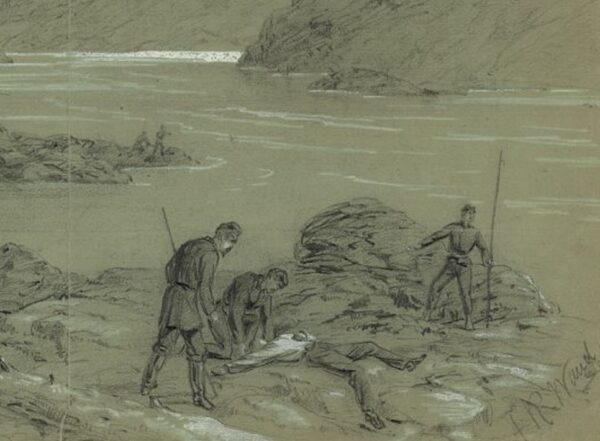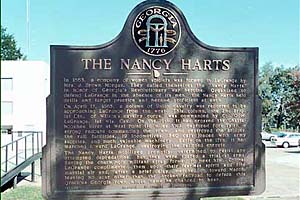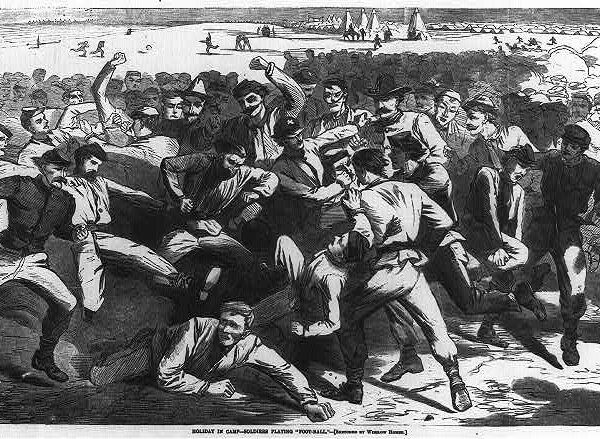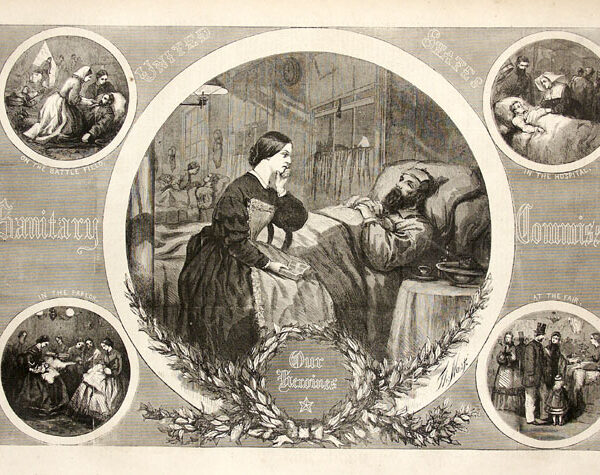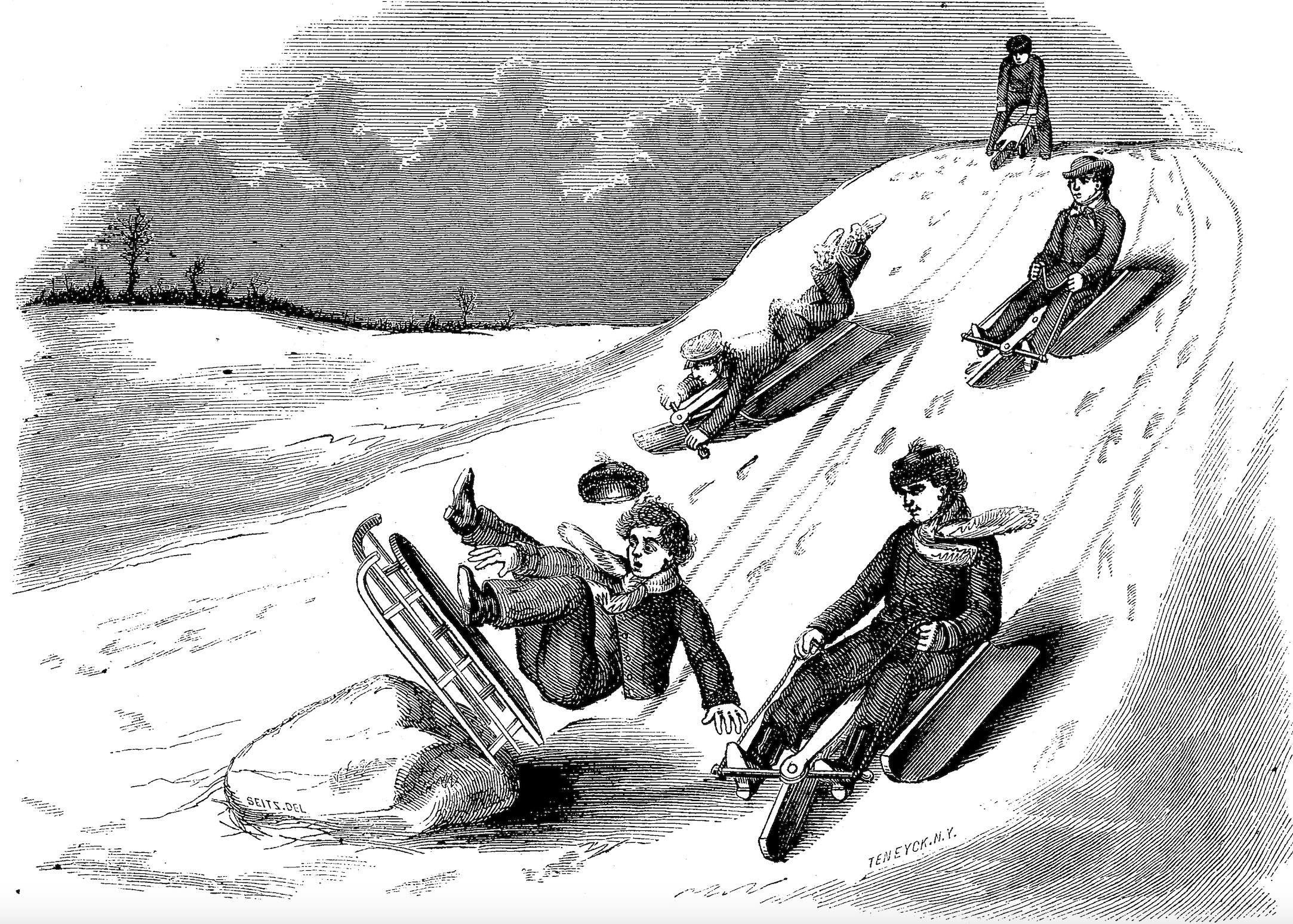 The Scientific American
The Scientific AmericanThis illustration depicts the purported advantages of the newly patented Brown’s Coasting Sled over more conventional sleds used by kids during the Civil War.
The May 10, 1862, issue of The Scientific American included the following article (and the image above) about a newly designed snow sled patented the previous month by Isaac N. Brown of New York City. This innovative (for the time) sled held promise, at least in the eyes of the author, whose reflections reveal that while the technology of sleds has come a long way since the Civil War, some fundamental challenges associated with the sport are timeless.
The improvement in boys’ sleds, here illustrated, is shown so clearly in the engraving that any description is scarcely needed. All who have in boyhood participated in the fun of sliding down hill will remember the exceedingly disagreeable feeling caused by the snow flying up the legs of the pantaloons whenever the heel was forced upon the surface to guide the sled; while in going “belly bump,” or, as the boys in … [New York City] term it, “belly gutters,” the toe of the boot was very quickly worn through in the operation of steering. The rising generation of boys, among the innumerable advantages which they enjoy over their predecessors, are not to be subjected to these annoyances. Every boy may now slide down the steep sides of the hills sitting comfortably in an upright position, legs and feet all aboard, and guiding his vehicle by rains, as if he were driving a mettled steed.
It will be seen by glancing at the engraving how this is accomplished by a new invention, which consists of attaching a guiding runner to the front part of the sled. A strip of board is fastened to the middle of the front part of the seat, and extends forward of the runners. To the lower side of this board the guiding runner is attached by a pivot pin, and a cross bar is secured rigidly to the runner at right angles. Upon this cross bar the feet of the rider are placed, and he can thus turn the runner in either direction, which guides the sled. A cord may also be attached to both ends of the cross bar to aid the operation, and support the rider in his seat.
The engraving illustrates clearly the various modes of using this steering device, as well as the danger of sliding the old kind, such as we used when a boy.
